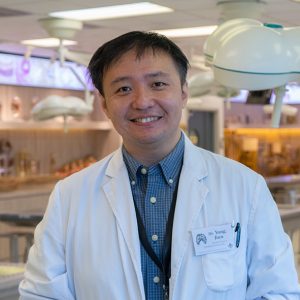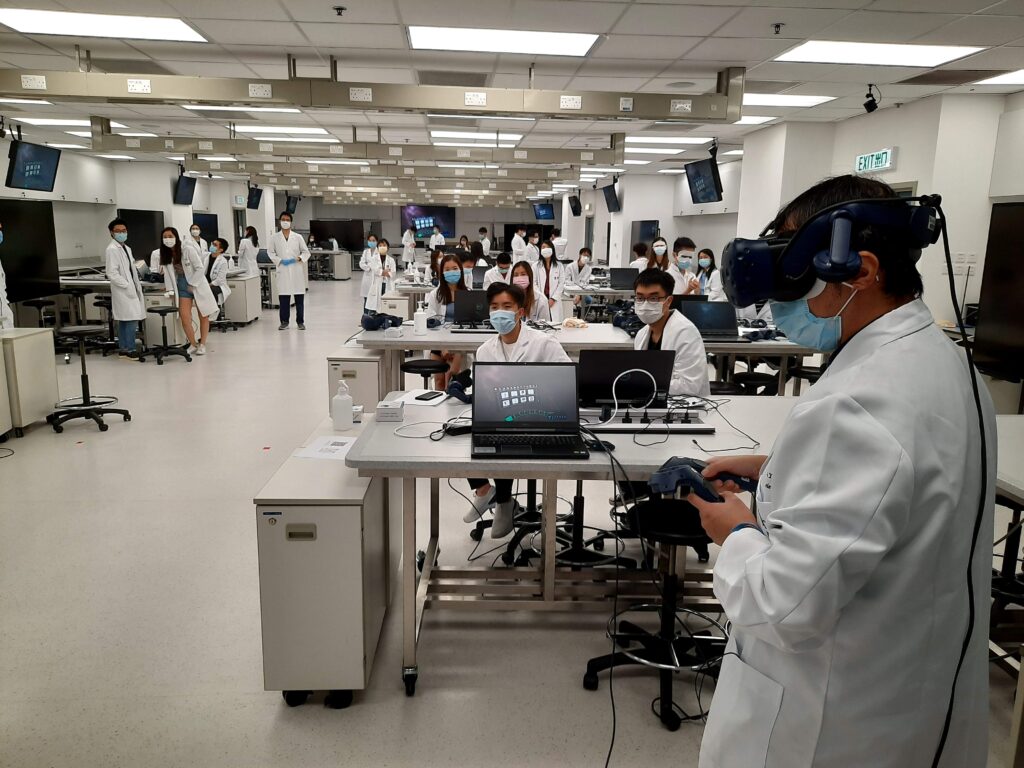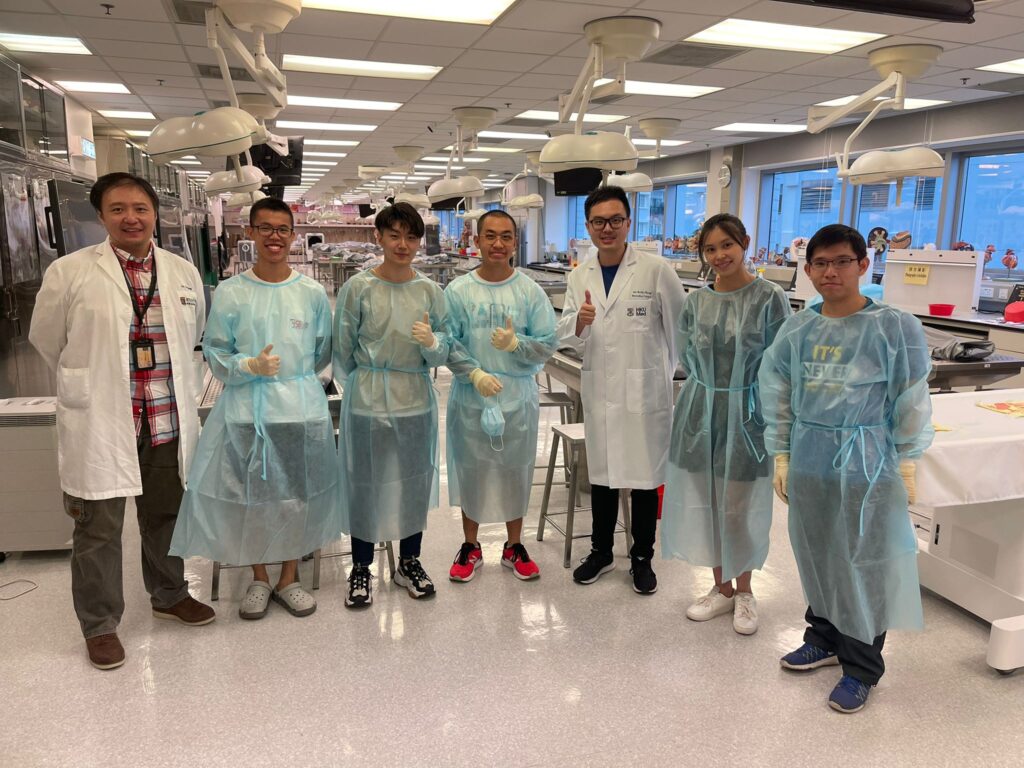e-News
Faculty Teaching Medal 2022
Faculty Teaching Medal 2022
Dr Jian Yang
Senior Lecturer, School of Biomedical Sciences
 |
What is your teaching philosophy? I dedicate my work to improving the learning experience of my students and helping them to achieve deep learning. Instead of didactic, teacher-centred teaching that focuses on memorization rather than application, I believe that anatomy and histology education for undergraduate curricula should be student-centred, inquiry-based active learning, with the goals of achieving a comprehensive overview of the body structures and functions, as well as the ability to apply basic medical knowledge to solve real clinical problems. What kind of teacher-student relationship do you establish? In what ways do you think your teaching would impact medical students? What have been your greatest challenges in teaching and how did you overcome them? As a teacher of anatomy, the greatest challenges I face in teaching are exactly the same as the greatest challenges my students face in learning, such as difficulty in visualising complex structures, short of time to cope with the vast amount of knowledge, and a lack of opportunities to apply those knowledge in clinical scenarios. To address these challenges, I adopt active-learning pedagogical approaches and integrating advanced education technologies, such as AR/VR, to compliment the cadaver-based anatomy education. I dedicate my teaching to improve learning experience and efficacy, facilitate the visualisation of the complex structures, improve the understanding of 3D anatomy relationships, and provide opportunities for applying anatomy knowledge in clinical-oriented tasks.
|


